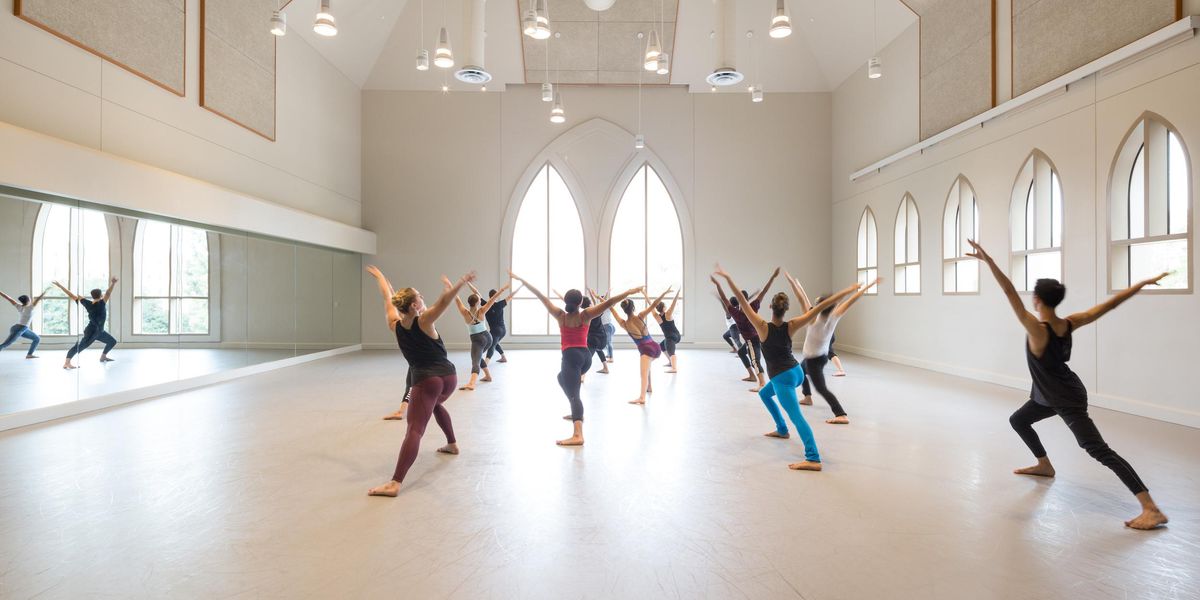Dance in New York is Thriving—Isn't It?
Late last week, Dance/NYC published State of NYC Dance and Workforce Demographics, a report delving into the activity, economics and demographics of dance organizations based in the Big Apple. The researchers looked at data from 172 organizations which fell into the categories of dance maker, educational, presenting or service. As much fantastic dance as we know happens in NYC, some of the findings were surprising—and they showed that the dance world still has a lot of work to do. Dance/NYC wants to hear your ideas for solutions, so we’ve broken down six of their key findings below.
Audience attendance is down.
Paying audiences have decreased by 20% across the board, with all but the mid-sized company bracket revealing a trend of lower attendance. However, free performance attendance is up 10%, and 2014 saw over 2 million attendees at live performances.
Diversity is still an issue.
68% of the dance workforce surveyed (that includes artists, teachers, board members, staff, etc.) identified as white non-Hispanic, as compared to the 44% of the NYC population as shown in census data. However, dance artists were more likely to identify as black/African American, Hispanic/Latinx or more than one race or ethnicity than non-artists working in the dance field. There was also a trend toward there being a higher rate of diversity amongst young respondents, which could be a sign that we are moving in the right direction. Only 5% identified themselves as disabled, however, leading the researchers to suggest that there is definite room for improvement there.
Women are fairly well-represented, though less-so in leadership roles.
Unsurprisingly, the dance workforce skews female, with 65% of those surveyed identifying as such (compare that to the 52% in NYC as a whole). However, looking at higher level roles saw a decrease in that percentage: 59% of senior staff positions are held by women and 52% of board members are women. Here at Dance Magazine, we’ve already given this a lot of thought.
Government support has decreased.
Again, it isn’t all that surprising, but that doesn’t make it easier to hear: government financial support of dance organizations has dropped by 25%, though levels of impact varied amongst different organization types. It seems, however, that larger organizations were able to make up for the gap with increased board and trustee contributions; less so with numerous smaller organizations.
There are more jobs—but there are less full-time positions than we’d like.
The number of jobs has actually increased by 10%, but only 39% of those are technically full-time. The majority of these newer jobs are part-time, raising questions about for whom these can represent a viable career path. Not surprisingly, the higher the budget, the more likely an organization is to have more full-time employees.
Dance contributes $302 million to the NYC economy.
If that sounds like a lot, that’s because it is: According to the report, that’s roughly the size of the entire arts and culture sectors of smaller cities. Not that we needed another reason to advocate for supporting dance, but the fact that it’s good for the economy really doesn’t hurt.
All of this might sound dire, but the dance world has always had a knack for buckling down when the going gets tough. Get creative with your solutions and let the people at Dance/NYC know what you’re thinking. In the meantime: Keep dancing, New York City.




